Inside Amazon’s First Automated Grocery Store
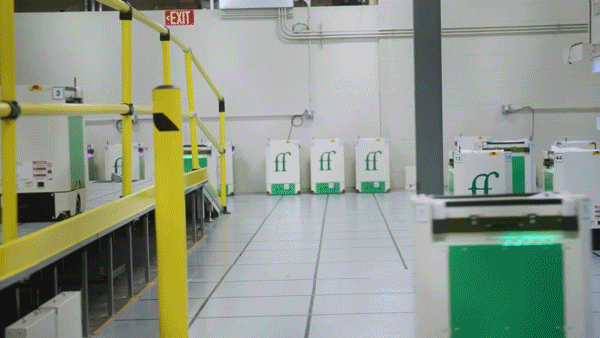
Inside Amazon’s New Grocery Experiment: Automation Arrives at Whole Foods
Amazon has quietly begun testing a new concept that could redefine grocery logistics — an automated micro-fulfillment center (MFC) built directly inside a Whole Foods Market in Plymouth Meeting, Pennsylvania.
While most people think of Amazon’s grocery footprint as Whole Foods and Amazon Fresh, the company’s reach already goes far beyond that. Amazon now generates over $100 billion in grocery sales annually, even excluding Whole Foods and Amazon Fresh.
By combining its vast same-day grocery delivery network — which includes Whole Foods Market, Amazon Fresh, and an expanding roster of local grocery and specialty retailers available on Amazon.com — the company continues to push toward one goal:
a seamless, fast, and fully automated grocery experience.
A “Store Within a Store”: How the Concept Works
The pilot location in Pennsylvania introduces a new in-store shopping model that merges traditional retail with automated fulfillment.
At the back of the Whole Foods Market sits a 10,000-square-foot micro-fulfillment center, housing more than 12,000 items from both Whole Foods and Amazon’s broader assortment.
Customers can scan QR codes displayed on digital screens throughout the aisles to purchase national-brand products — such as Goldfish crackers or Tide laundry pods — that aren’t stocked on the physical shelves. These items are retrieved by the automated system and made available for pickup at a designated counter, often within 10 minutes.
In effect, Amazon has turned part of the Whole Foods store into a hybrid fulfillment hub, allowing shoppers to access both specialty and national-brand products in one trip.
One Unified Cart: Bridging Physical and Digital Grocery
The integration extends beyond the store. Online shoppers visiting Whole Foods through the Amazon app can now build a single digital cart that combines products from both Whole Foods and Amazon’s full grocery assortment.
This unified checkout process is designed to simplify the online shopping experience — one cart, one order, one delivery or pickup.
According to Jason Buechel, Vice President of Amazon’s Worldwide Grocery Stores and CEO of Whole Foods,
“This new concept store experience allows customers to get everything on their shopping list in one convenient stop or one online order, combining quality with convenience while still delivering the exceptional shopping experience customers expect.”
Automation’s Role Behind the Scenes
The micro-fulfillment center doesn’t just improve convenience — it’s also a testbed for automation and real-time orchestration.
Behind the scenes, robotics and software are coordinating inventory, order batching, and last-mile readiness — bridging the gap between Whole Foods’ premium assortment and Amazon’s high-volume e-commerce logistics.
For Amazon, this experiment is another step toward synchronizing physical stores and fulfillment networks, using automation as the connective tissue between in-store and online experiences.
What Comes Next
Amazon plans to gather feedback from this first location, refine the model, and expand to additional stores over time.
While no timeline was shared, the integration of automated MFCs directly into retail space could mark the next evolution of “click-and-collect” grocery logistics — merging retail operations, digital ordering, and automated fulfillment under one roof.
Watch the Video
See how Amazon’s in-store micro-fulfillment system works inside Whole Foods — where automation meets grocery retail.
👉 Watch the full video on YouTube
Kroger announced that it will close three of its Ocado-powered CFCs — as it restructures its e-commerce operations.
DHL’s Insight 2030 report provides one of the most comprehensive snapshots of how supply chain leaders in North America view the next five years.
The first shipment of Locus Robotics’ new Locus Array robots has officially reached a DHL facility in Columbus, Ohio.
The super-deduction consists of a set of enhanced tax incentives meant to encourage productivity improvements, including automated and robotic equipment.
Global logistics giant DHL has opened a $90 million health logistics warehouse in Auckland.
Macy’s newest customer fulfillment and store replenishment center is a highly automated, state-of-the-art facility and the company’s largest and most advanced.
World’s largest food company is cutting 16,000 jobs due partly to automation.
Ekol Logistik, a Turkish 3PL, will build an automated mini-load warehouse on the outskirts of Istanbul.
The automation technology allows products to be retrieved from a 125,000-square-foot grid and delivered directly to employees, improving fulfillment speed, accuracy and efficiency.
The new facility will feature a cutting-edge case-picking and pallet-building system.
The offer builds on Amazon fulfillment service for merchants on other sales channels, including eBay, Etsy, Temu and TikTok Shop.
Spend 24 hours inside a DHL warehouse and experience how robotics is transforming its logistics.
LAPP USA partnered with Corvus Robotics to solve a long-standing supply chain challenge:.
After invested billions of dollars into automated e-commerce Kroger will now depend on its stores for digital growth.
More retailers are improving their 'Click and Collect' services, with one new trial using mini robots to speed up the process.
Walmart is now deploying automated packaging technology across multiple centers in Pennsylvania, Illinois, Texas, and California.
96% of Target’s online orders is fulfilled by its stores rather than warehouses
In our research with SMEs, we have uncovered strategies that can make automation feasible, even for businesses with lean budgets.
This new development signals a clear step forward in solving one of the most pressing challenges in warehouse automation today: space and deployment efficiency.
Wayfair UK is looking to sublet part—or potentially all—of its 1.068 million ft² distribution centre at Magna Park Lutterworth, one of the UK’s most strategically located logistics hubs.
Over the past decade, the number of industrial robots on China’s factory floors has increased more than six times to over 1.7 million,
A newly launched robotic fulfillment center in Oberhausen, Germany, is setting a new benchmark for automated grocery logistics in Europe.
Honeywell expressed interest in acquiring the Calgary robotics startup in 2020. Today, Attabotics is in creditor protection.
The new facility brings together four sites into one 47,000m² distribution centre, increasing the company’s storage capacity by 60 per cent.
Inside Sephora’s UK logistics operations and DHL’s deployment of Boston Dynamics robots.
41 autonomous delivery bots have taken over Shenzhen’s subway to keep snacks stocked.
Attabotics filed for insolvency after Export Development Canada sought to enforce security over assets.
Good News for Warehouse Operators: 100% Write-Offs Are Back for Automation Investments







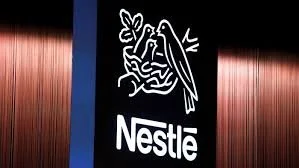
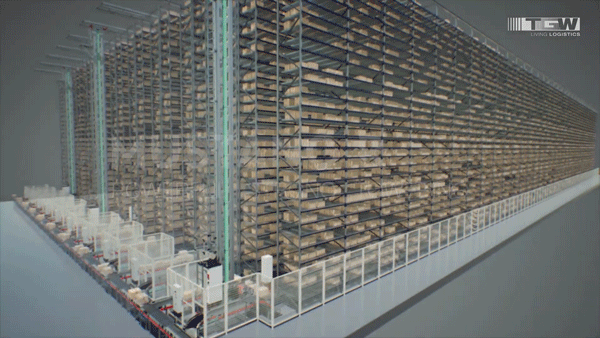



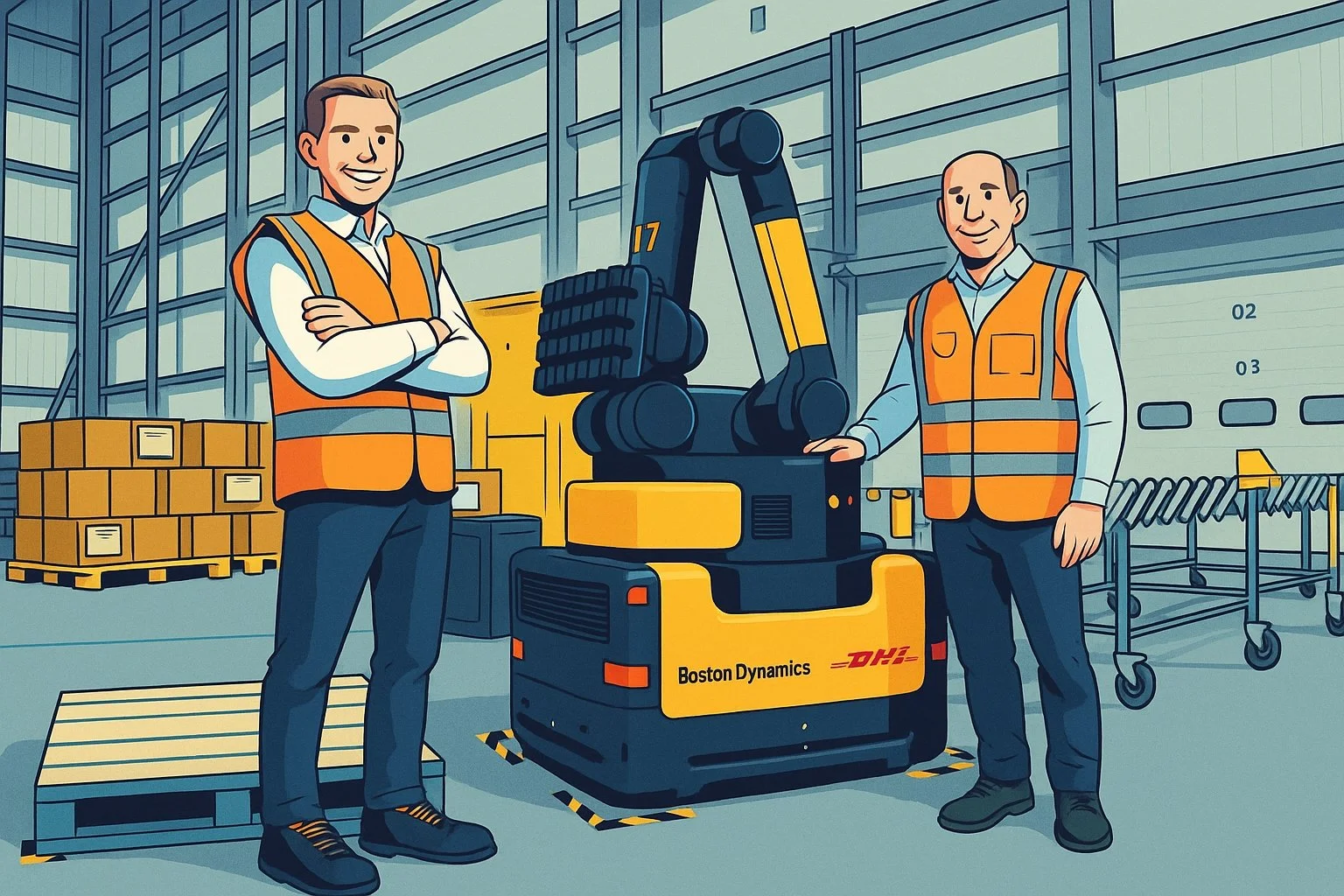
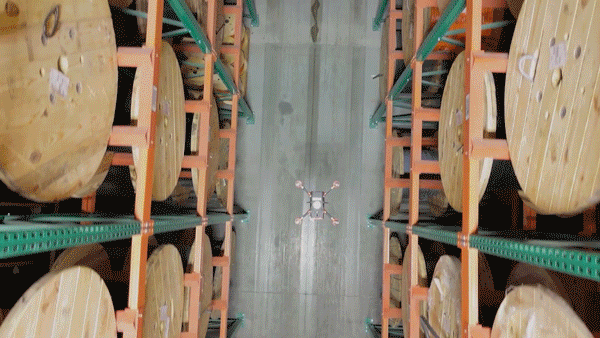

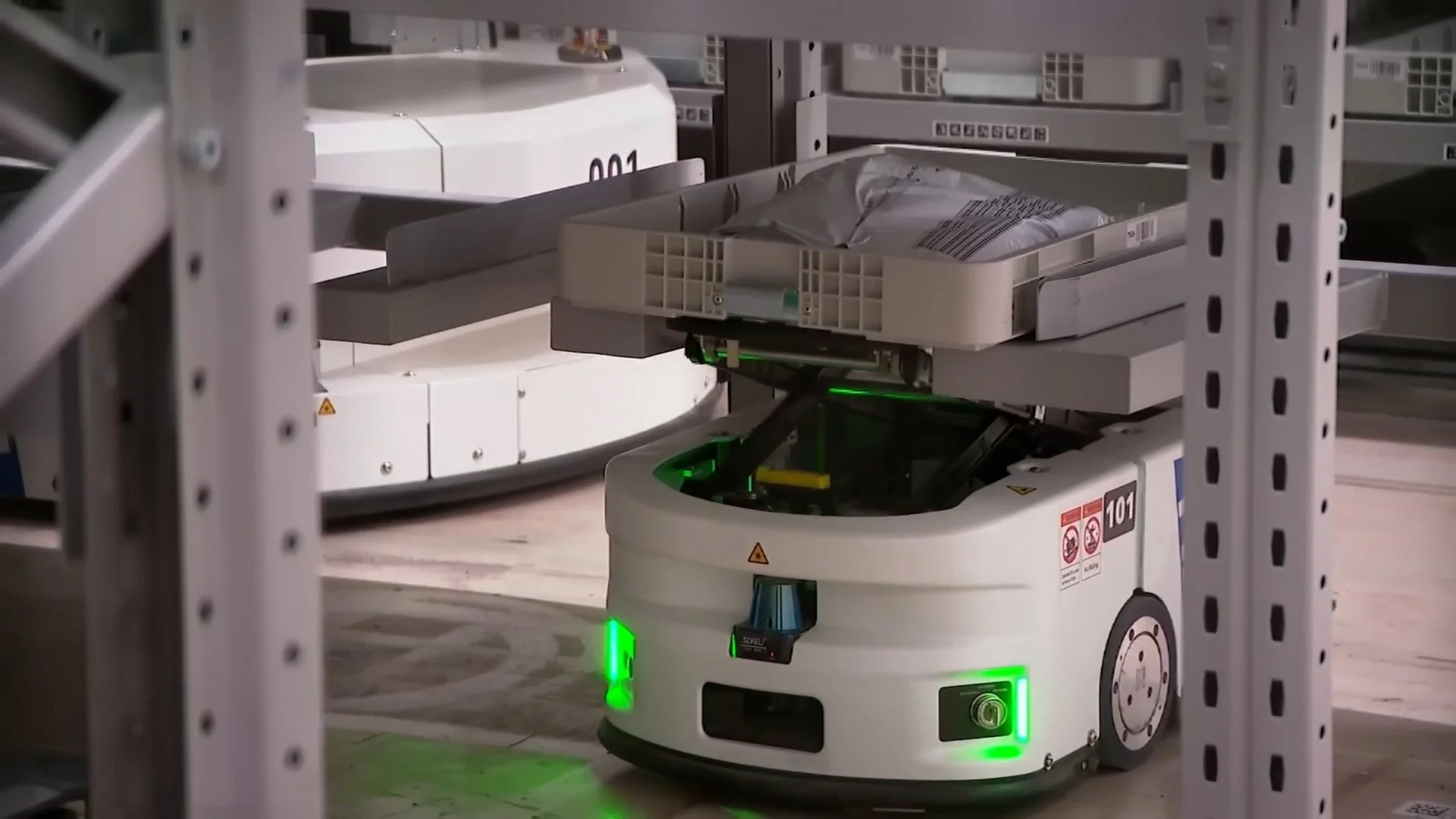




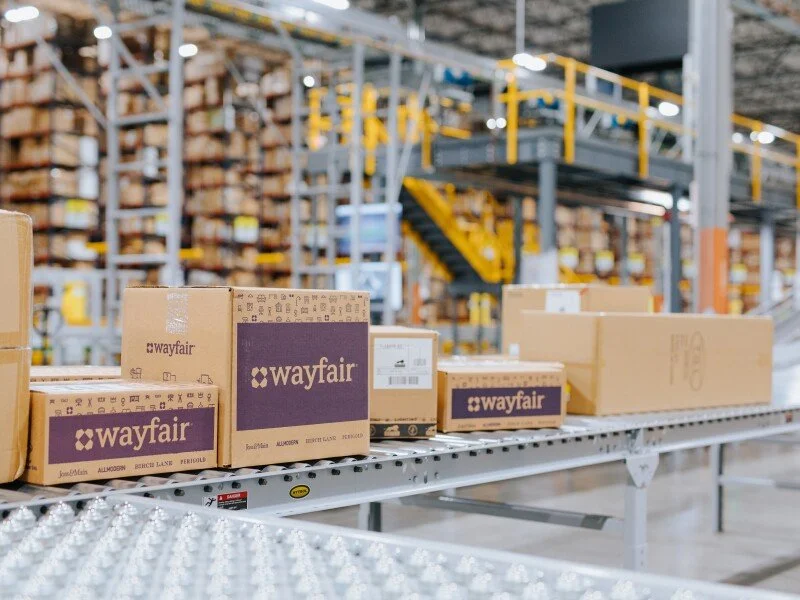





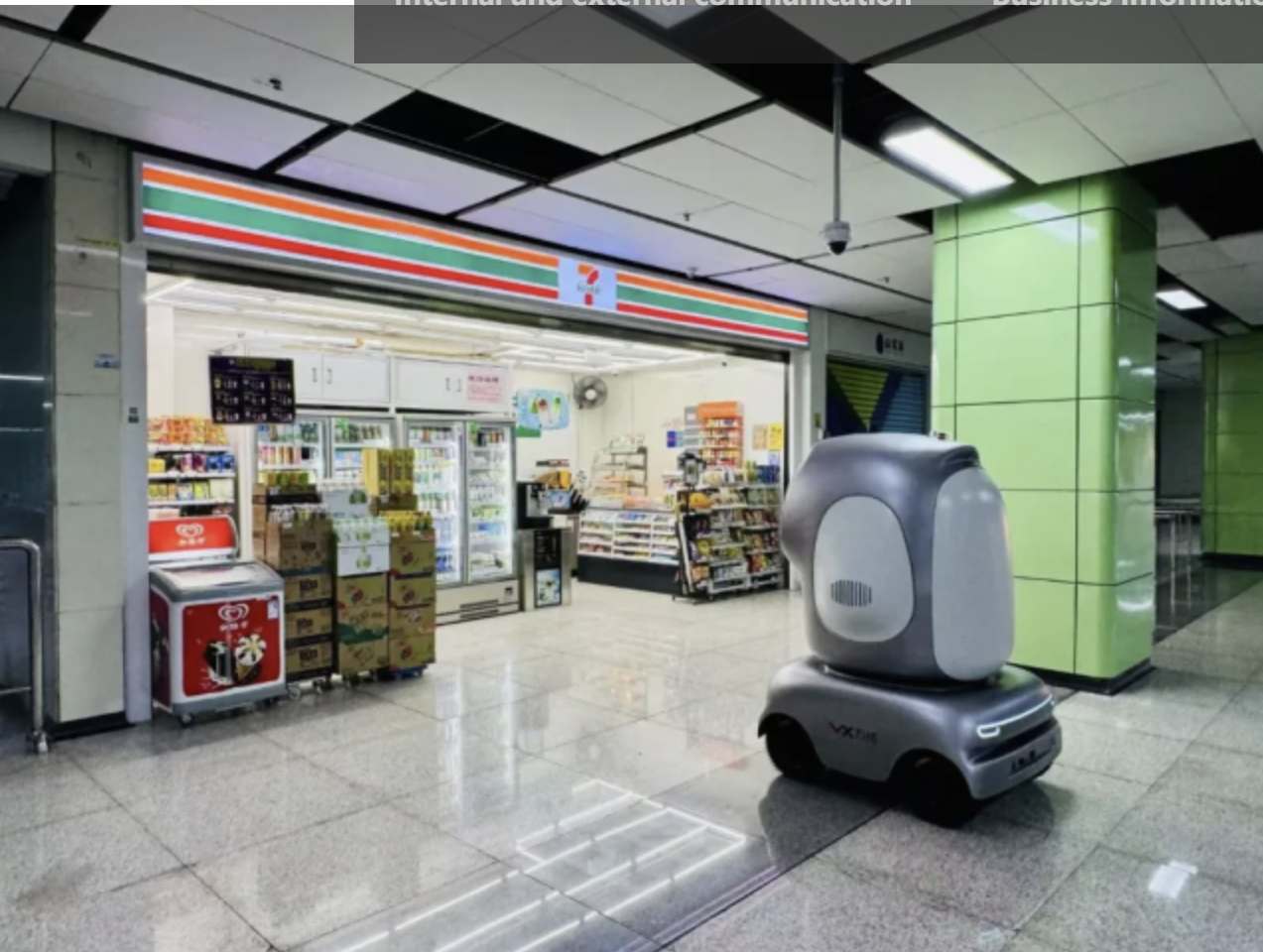


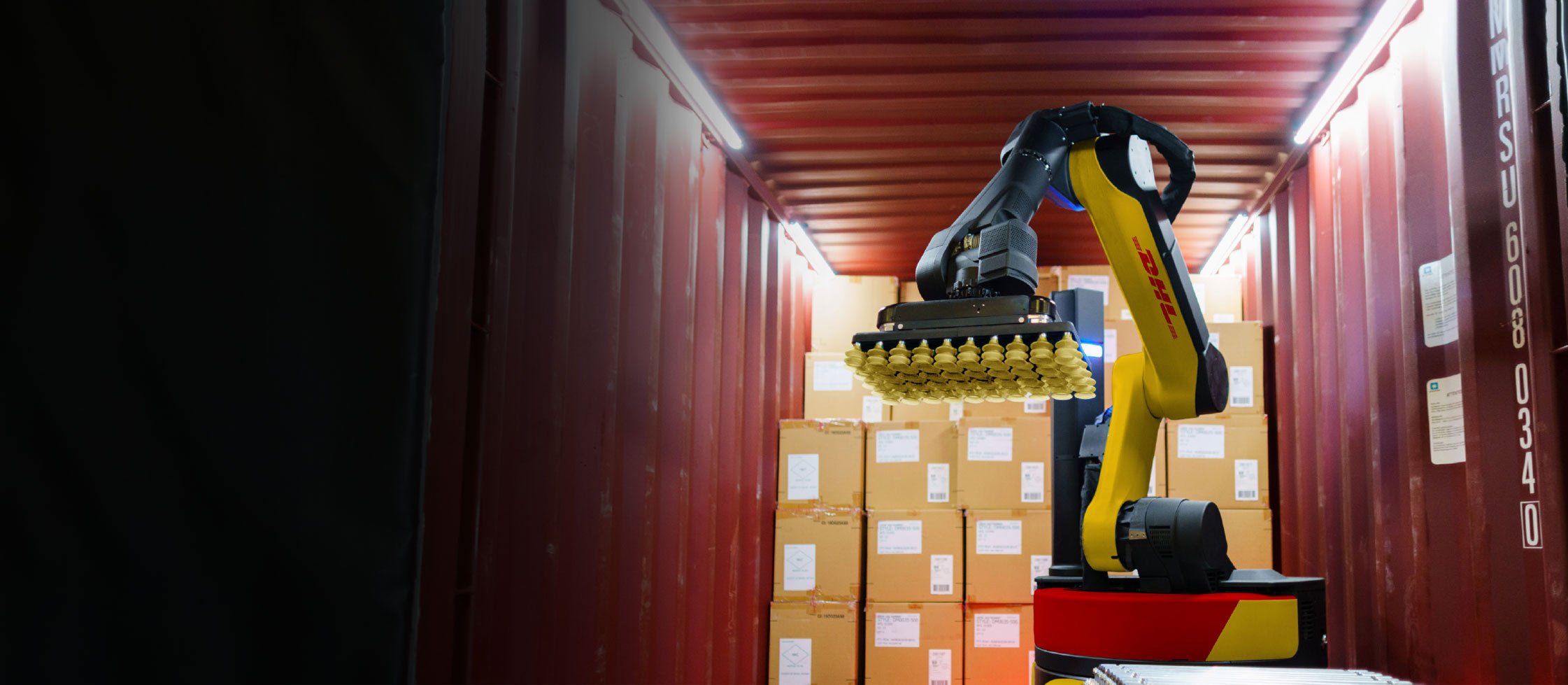
Host Evan Reiser welcomes Sally Miller, Global Chief Information Officer at DHL Supply Chain.